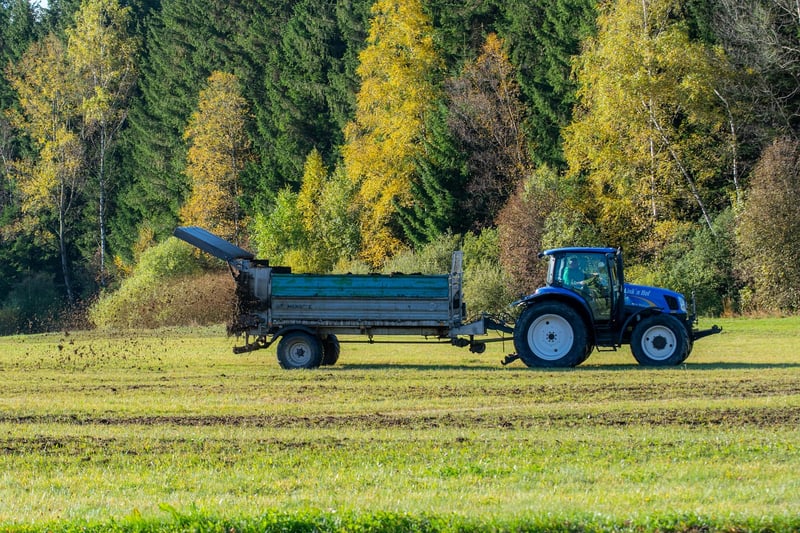Fertilizing Techniques
Keeping Your Vertical Garden Healthy: Fertilizing Techniques
Vertical gardens are a great way to bring greenery into small spaces, but ensuring your plants are healthy and thriving requires proper care and maintenance. One crucial aspect of vertical garden maintenance is fertilizing. In this article, we will explore the best fertilizing techniques to keep your vertical garden lush and vibrant.
Why Fertilize Your Vertical Garden?
Vertical gardens are typically constrained environments with limited soil volume. Regular fertilization is essential to provide the necessary nutrients for plants to grow and flourish in such conditions. Fertilizers replenish vital nutrients that may become depleted over time, promoting strong root development, vibrant foliage, and abundant flowering.
Types of Fertilizers
There are two primary types of fertilizers: organic and synthetic. Organic fertilizers, such as compost or manure, are derived from natural sources and are environmentally friendly. They provide a slow release of nutrients, improving soil structure and fostering beneficial microbial activity. Synthetic fertilizers, on the other hand, deliver nutrients quickly and are easily absorbed by plants, but they may lead to nutrient imbalances if not used correctly.
Best Fertilizing Techniques
- Choose the Right Fertilizer: Select a balanced fertilizer specifically formulated for indoor plants or vertical gardens. Look for a product with a balanced NPK ratio (nitrogen, phosphorus, potassium) suitable for your plant species.
- Follow Instructions: Read and follow the manufacturer's instructions for application rates and frequency. Over-fertilizing can harm plants, so it's crucial to apply the right amount according to the guidelines.
- Apply Diluted Fertilizer: Dilute the fertilizer to half or a quarter of the recommended strength to avoid burning the plant roots. Apply the diluted solution during the plant's active growing season for optimal absorption.
- Apply Evenly: Ensure an even distribution of the fertilizer solution across all plants in your vertical garden. Consider using a watering can with a fine rose attachment for uniform application.
- Monitor Plant Response: Observe your plants for any signs of nutrient deficiencies or excesses. Adjust your fertilization routine based on plant growth and health indicators to meet their specific needs.
Image Source:

By following these fertilizing techniques and providing your vertical garden with the necessary nutrients, you can ensure that your plants thrive and flourish in their vertical environment. Regular fertilization, along with proper watering and light exposure, will help you maintain a healthy and vibrant vertical garden all year round.
Remember, a little care goes a long way in keeping your vertical garden lush and beautiful!
